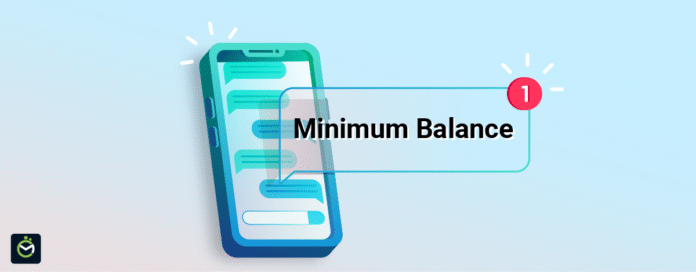In a move that’s triggered sharp reactions from customers, ICICI Bank has hiked its minimum average balance (MAB) requirement for savings accounts in urban areas to ₹50,000 per month — a five-fold jump from the earlier ₹10,000. The hike, effective for customers in metro and urban branches, is one of the steepest in recent years and has raised questions about accessibility and banking costs.
What’s Changed at ICICI Bank?
-
Urban/Metro branches: ₹50,000 MAB (earlier ₹10,000)
-
Semi-urban branches: ₹25,000 MAB (earlier ₹5,000)
-
Rural branches: ₹10,000 MAB (earlier ₹5,000)
If customers fail to maintain the required balance, they will be charged 6% of the shortfall or ₹500, whichever is lower.
SBI: No Minimum Balance, No Penalty
In contrast, the State Bank of India (SBI) — the country’s largest public sector lender — has zero minimum balance requirements for its savings accounts, whether in urban, semi-urban, or rural areas. This policy, extended to both the regular Savings Bank Account and Savings Plus Bank Account, also means no penalties for non-maintenance. SBI’s approach aligns with a growing trend of inclusive banking.
HDFC Bank: Fixed Deposit Option to Waive MAB
HDFC Bank, India’s largest private sector bank, continues to mandate minimum balance requirements but offers an alternative: maintain a fixed deposit (FD) to waive the rule.
-
Urban branches: ₹10,000 MAB or FD of ₹1 lakh (1 year + 1 day)
-
Semi-urban branches: ₹5,000 MAB or FD of ₹50,000 (same period)
-
Rural branches: ₹2,500 MAB or FD of ₹25,000 (same period)
Failure to meet the MAB invites a penalty of 6% of the shortfall or ₹600, whichever is lower.
Other Banks in the Mix
Banks like Canara Bank and Yes Bank have scrapped minimum balance requirements altogether, joining SBI in making basic savings accounts more accessible. For customers, the choice now hinges on whether they value no-frills, penalty-free accounts or are comfortable maintaining high balances in return for premium banking services. With ICICI’s sharp hike, the gap between public sector inclusivity and private sector profitability models has become more pronounced.








